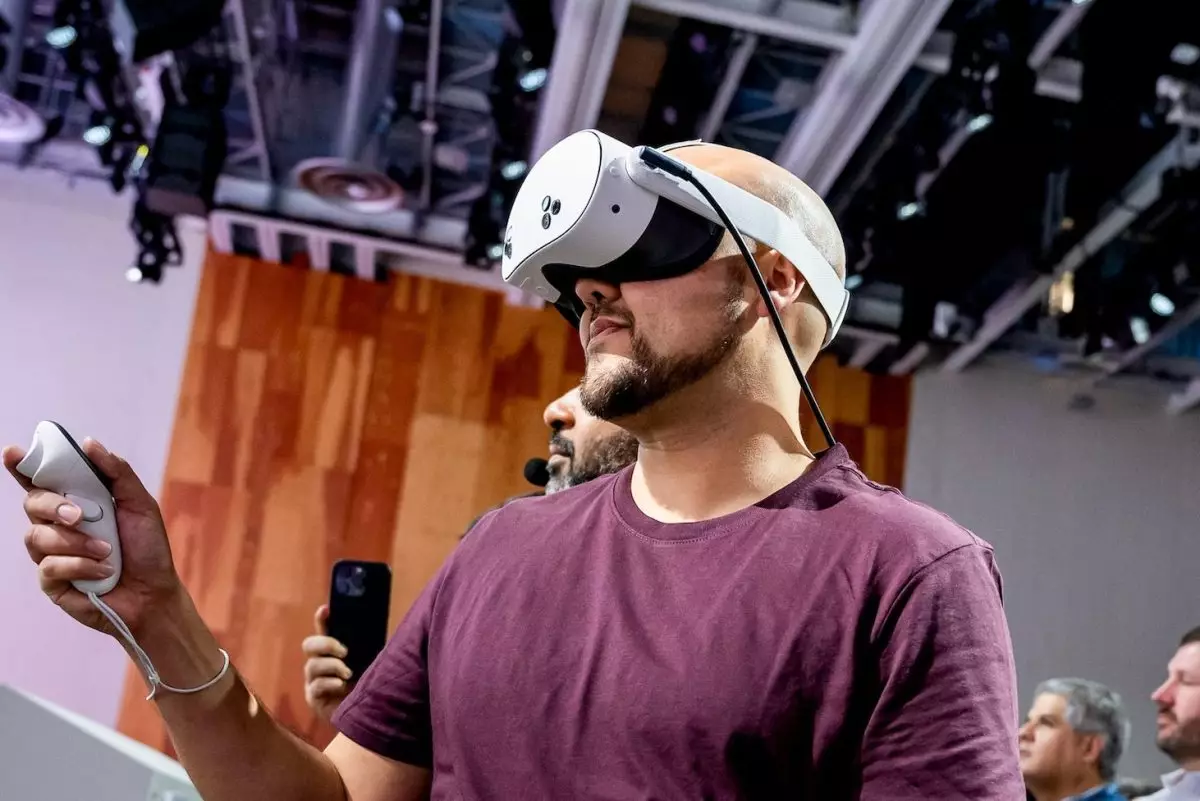In a bold stride towards transforming education through technology, Meta has announced a groundbreaking initiative aimed at integrating virtual reality (VR) into classrooms. Embarking on a collaboration with 13 prestigious universities across the U.S. and U.K., the tech giant rights its course from previous VR experiences, seeking to create a more enriching and effective educational environment. This initiative, dubbed the Meta for Education beta program, symbolizes a significant effort to refine and enhance learning through interactive and immersive technological solutions.
The partnership welcomes an array of reputable universities, including Arizona State University, Imperial College London, and the University of Michigan. These institutions will serve as testing grounds for Meta’s innovative products. The inclusion of varied subjects—encompassing science, language arts, and history—signifies Meta’s aim to create a comprehensive platform that appeals to diverse educational needs. By allowing universities to pilot VR and mixed reality (XR) prototypes, Meta endeavors to fine-tune its offerings based on real-world classroom feedback, which is a refreshing approach often absent in tech-driven educational solutions.
Moreover, Meta is extending its “digital twin” metaversity concept into Europe, signaling a broader ambition to fabricate immersive learning environments that mirror real-world settings. Universities like the University of Leeds and the University of Basque Country in Spain are slated to introduce classes utilizing this digital dupe, focusing on disciplines like physiotherapy and performance theater. This approach of creating a virtual counterpart to actual campuses not only promises enhanced engagement but also serves to break down geographical barriers in higher education, allowing students to access quality instruction from across the globe.
Navigating Challenges and Market Competition
Despite the optimism surrounding Meta’s initiative, the company faces significant challenges. The recent financial reports indicate that while Meta’s revenue from its VR segment grew, the costs associated with these ventures continue to mount. The loss of $4.4 billion in the third quarter underscores a larger narrative about the sustainability of VR initiatives within the educational sector and beyond. As Meta navigates these financial hurdles, it must also remain vigilant of competing models emerging from tech giants like Apple, whose Vision Pro product may catalyze a more mainstream acceptance of mixed reality technologies.
Looking ahead, the implications of Meta’s educational initiatives could be profound. Should the beta program succeed, it could redefine educational methodologies by embedding immersive technologies into the learning fabric. However, the ultimate test will rest upon educators’ reception of these tools and their effectiveness in improving student outcomes and engagement levels. As educators experiment with VR in their curricula, the feedback loop generated will be crucial in shaping the future of these digital tools.
Ultimately, while Meta’s foray into education represents a promising shift towards a more technologically integrated form of learning, it remains to be seen whether it can overcome existing obstacles and realize its ambitious vision. As the world increasingly shifts toward a virtualized existence, the question persists: will VR become the standard for educational excellence, or will it be another fleeting trend in the constantly evolving landscape of technology? With robust testing programs and engaging partnerships underway, only time will reveal the true impact Meta’s initiatives may have on the future of education. Whether this marks a pivotal moment in the educational revolution or merely an exploratory phase remains to be determined.

